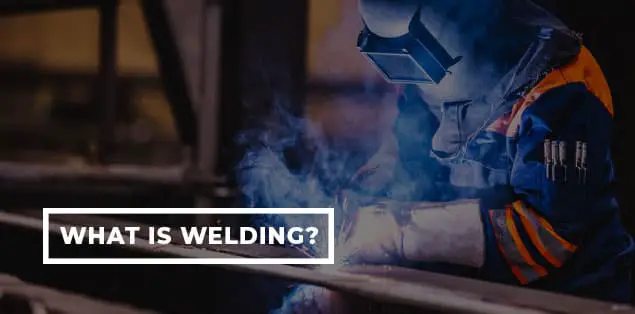Since welding is a physically demanding and challenging career, it is not for everyone. But it’s a job vital to a wide range of infrastructures and products and significant to many daily life elements.
We frequently overlook how the welding business affects the world around us when we think about it. Many businesses depend heavily on welding, including automobile, construction, aviation, and other sectors. Numerous structures, gateways, fences, small kitchen appliances, automobiles, and even space travel wouldn’t exist without this type of metal work.
Various questions, including a definition of welding, its process, and the different types of the welding process, may arise in your mind. Continue reading to answer your queries.
What is Welding?
In the fabrication process known as welding, there is a fusion of two or more pieces together under pressure, heat, or both, creating a junction when the parts cool. The most common materials for welding are metals and thermoplastics, but welding is also possible in wood. Weldment is the term used to describe the finished welded link.
Base material refers to the linked pieces; for example, the substance added to create the joint is a filler or consumable.
Some materials demand the employment of particular procedures and methods. Some regard “unweldable” a term that is useful and descriptive in engineering but is uncommon in dictionaries.
Types of Welding
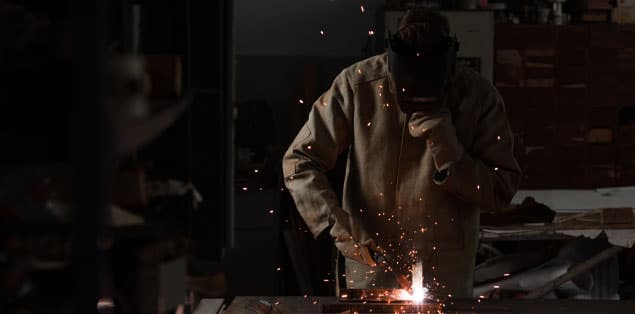
There are four primary welding techniques.
- Shielded Metal Arc Welding (SMAW)
- Flux-cored Arc Welding (FCAW)
- Gas Metal Arc Welding (GMAW)
- Gas Tungsten Arc Welding (TIG).`
Why is Welding Done?
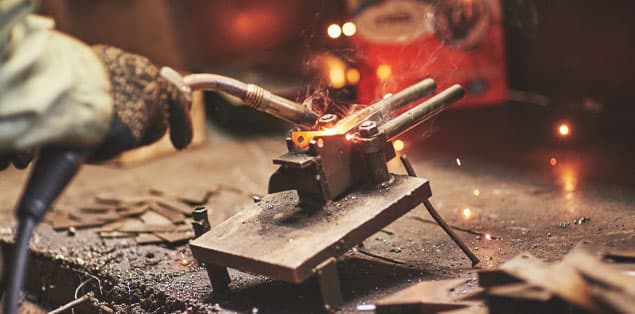
Welding provides a practical technique to join metals without needing glue, nails, or other fusing materials. In addition to being a faster and more effective means of combining materials, welding is also very reliable and affordable.
Welding is the primary method for heavy metal fusing operations in aerospace, defense, shipyard, mining, automobiles, petroleum and natural gas, and industrial manufacturing.
Who is a Welder?
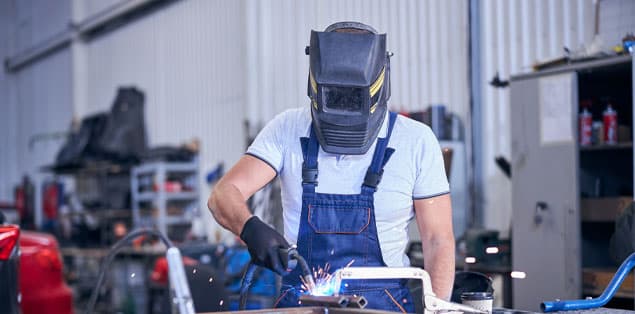
Anyone who utilizes welding equipment, a professional or a hobbyist, especially those who do so frequently, is considered a welder. A welder is a tradesperson who focuses on joining materials collectively,
A welder creates and assembles metal components. They accomplish this by employing several high-heat producing equipment. Once they do welding of the metal surfaces together, they add polish and smooth them. Along with measuring the components to be welded, welders need to be able to analyze drawings or project specifications.
Additionally, welders examine the materials or structures that require welding, keep an eye on the welding process to watch for overheating and keep up with the maintenance of the welding tools and machines they use.
How Much Does A Welder Earn?
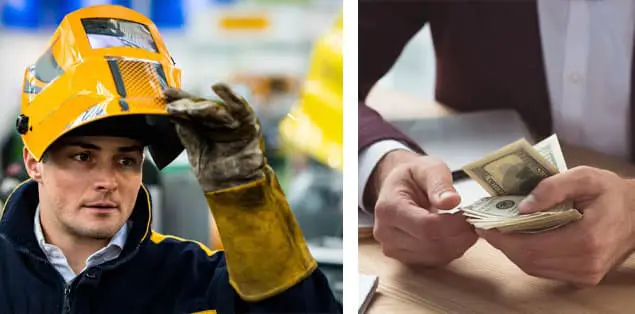
The average earnings for welders (soldering, welding, and smelting professionals) is 42,490 dollars per year or 20.43 dollars per hour, according to the United States Bureau of Labor Statistics.
A military support welder, an underwater welder, or a nuclear welder may make more than 100,000 dollars annually. However, as with any profession, your pay will increase as you acquire more knowledge. Although entry-level welders may not make more than 100,000 dollars a year, with the correct awareness, expertise, and talents, you may expect to advance professionally and see a proportionate increase in your compensation.
How Does Welding Function?
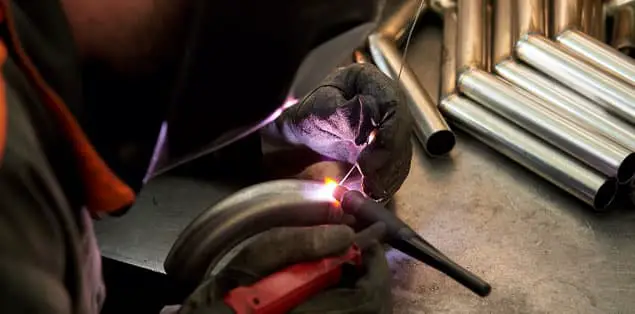
We can melt a particular area of the parent metal using a welding gun or flame. This procedure melts the metal to form a pool of molten metal, making attaching additional metal parts simple. However, we can do it with the addition of filler material. Depending on the kind and thickness of the material, we can give pressure to join metals.
Various Types of Welding Joint
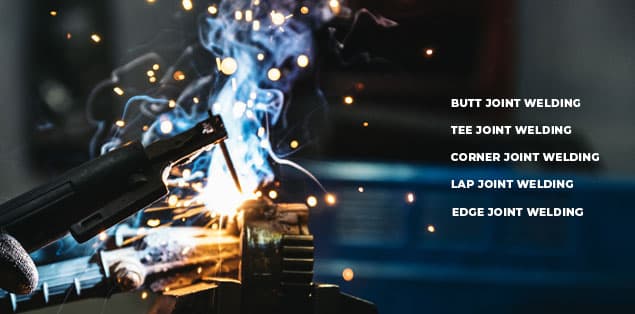
Butt Joint Welding
The butt joint is a technique that involves welding each metal edge together while the two metal components are kept together in a single plane. The most typical joint utilized in pipe systems and building constructions is the butt weld. Creating and using numerous variations to get the desired effects is relatively simple.
There are various techniques to make butt welding, each with a specific use. For example, the depth of the groove, the layering, and the breadth of the gaps are distinguishing characteristics.
Tee Joint Welding
Two components connect at a 90° angle to create a tee welding joint. As a result, the edges of plates or components meet in the middle to form a “T.” Tee joints are a sort of fillet weld that can also be created by welding a tube or pipe to a base plate.
It is crucial to ensure that this form of weld effectively penetrates the ceiling when using it.
Corner Joint Welding
The corner joints resemble tee welding connections in appearance. The location of the metal is where there is a difference, though. It is positioned in the center of a T joint, whereas corner joints connect openly or close at the ‘corner,’ creating an ‘L’ shape.
The sheet metal industry, which makes frames, boxes, and other items, is where we can mostly find these joints.
Lap Joint Welding
In general, the lap welding joint is a butt joint with modifications. When we place two metal pieces on top of one another in an overlapping manner, it results in a lap welding joint. Their most frequent purpose is to unite two parts of various thicknesses. The lap joint is frequently used for sheet metal and generally not for thicker materials.
Corrosion resulting from overlaying materials is a potential problem with this welding junction. However, like anything else, we can avoid it by employing the proper technique & making the necessary adjustments to parameters.
Edge Joint Welding
Edge joints hold metal surfaces together such that the edges are straight. We can create one or both plates by twisting them at an angle. For example, weld joints can link pieces together and disperse tension.
What is MIG Welding?
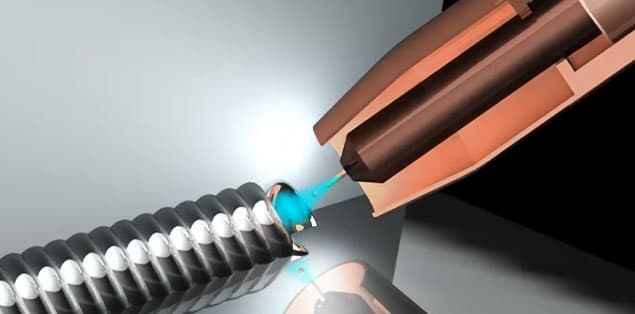
The most basic type of welding to master for beginners is GMAW (Gas Metal Arc Welding). Metal Inert Gas (MIG) is a type of gas metal arc welding (GMAW) that employs heat generated by a DC electric arc between a workpiece and consumable metallic electrodes to melt the two together and form a metal layer that fused to form a weld.
This kind of arc welding makes use of an electrode, which is a continuous wire. Additionally, you employ a shielding gas that passes through the welding gun and safeguards against contamination.
In reality, MIG welding involves two distinct welding processes. The first employs bare wire, whereas the second uses flux core. Combining thin metal components with bare wire MIG welding is possible. However, we can do it outside because Flux core MIG welding doesn’t need a flow meter or gas supply. Most DIY and amateur welders who lack the funds to purchase pricey equipment prefer MIG welding.
What Gas is Used for MIG Welding?
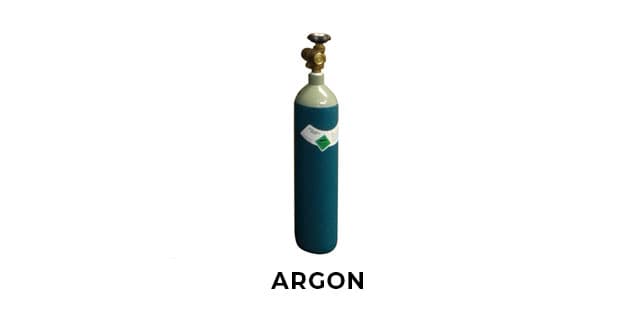
The shielding gas in this technique is an inert gas or a combination of gases. Inert gases such as argon and helium, or Ar/He mixtures, are frequently used for MIG welding non-ferrous metals like aluminum. Inert gases don’t interact with the weld pool.
What is MIG Welding Used for?
MIG welding is best suited for smaller, relatively lower-volume operations, primarily manual welding that occurs in and near factories and metal processing enterprises where the damp sensitivity of MIG is less of an issue.
Efficiency, weld consistency, and high productivity are essential for building small structures or fixing customers’ autos. And this is where MIG shines. Similar considerations apply to rookie welders who require strong welding skills and hobby welders working on weekend projects in garages or garden sheds.
From California to Gloucestershire, the UK, small and medium-sized businesses have flocked to this welding technique.
What is TIG Welding?
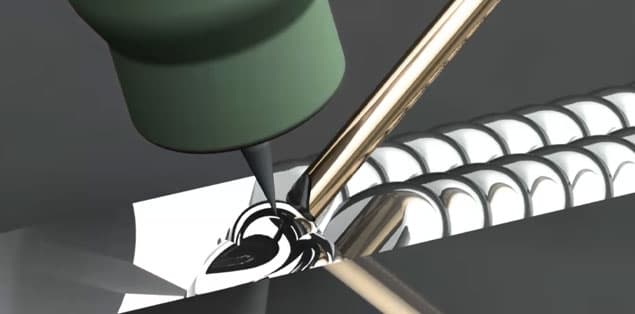
Similar to MIG welding, TIG welding also uses the arc, but it’s also one of the toughest welding processes to master. One of the hardest metals is tungsten, whose electrodes contribute to TIG welding. It neither dissolves nor burns away.
Fusion, a method that may or may not include a filler metal, is a method for TIG welding. Additionally, we can use argon or helium from an outside gas source in TIG.
TIG welding necessitates the use of two hands. While holding a TIG torch with the other hand, one hand controls the rod. We can use the heat and arc created by this torch to join the majority of common metals, including titanium, aluminum, steel, nickel alloys, and copper alloys.
Bike frames, lawnmowers, door knobs, fenders, and other items can all be welded with TIG.
Welding wagon frames, fenders, and other important pieces of machinery can be highly beneficial for farmers.
What is a Fillet Weld?
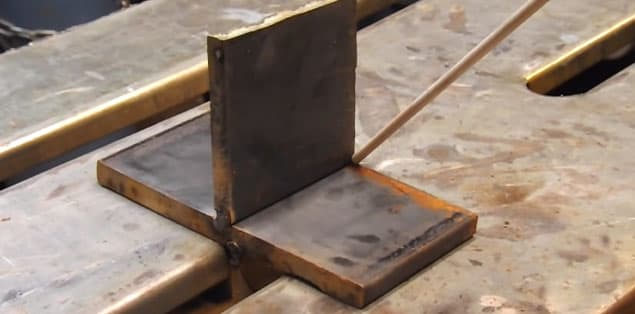
The method of putting two metal pieces together while they are parallel or at an angle is known as “fillet welding.” Common names for these welds are tee joints, which comprise two pieces similar to one another, and lap joints, which consist of two pieces of metal that overlap and do welding at the edges.
For example, welders utilize fillet welds when joining flanges to pipes, welding cross sections of infrastructure, or when fasteners are inadequate and likely to lose their strength quickly.
Transverse and parallel fillet welding are the two primary varieties of fillet weld.
MIG vs. TIG
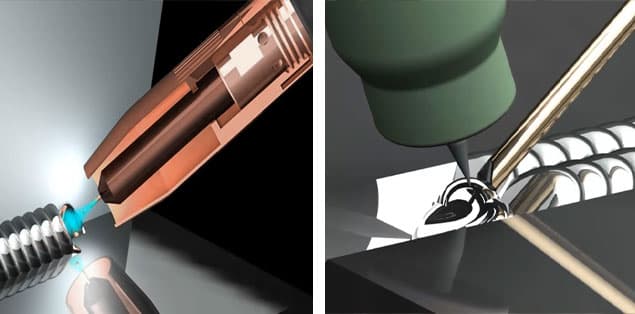
The primary distinction between MIG and TIG welding is that MIG uses a continuously-fed electrode wire that arises from a MIG handset. In contrast, TIG mixes a hand-held, consumable welding rod with a non-consumable tungsten electrode in the TIG torch. The welder holds the TIG welding rod in the other hand and gently feeds it into the weld puddle. Typically, a foot pedal controls the welding power for the TIG procedure.
It’s simpler to learn MIG. In general, it is quicker.
With thicker metals, MIG is usually more efficient, and MIG welders are frequently less expensive than TIG welders.
What is an Undercut in Welding?
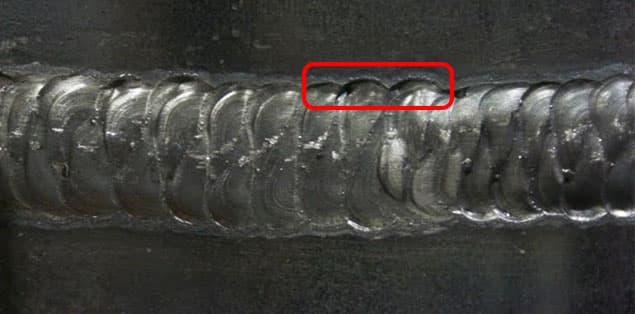
Welders commonly face undercutting; therefore, we decided to publish a guide for those just starting. However, there are many different types, shapes, and grades of welding flaws. Although most welding errors are application- or material-specific, flaws are other possible causes, like undercutting.
So what does welding undercutting mean? A groove is undercutting forms in the base metal close to the weld’s toe or root. Undercutting occurs when the weld metal fails to fill that grooved area. It leads to a weak weld that probably has some cracks along the weld’s toes.
Undercutting is regular and expensive. It causes a decline in output and a slowdown in movement. Even the most expert welder can unintentionally cause this issue. There are various ways for welders to eliminate welding flaws and swiftly return to their job.
What is Arc Welding?
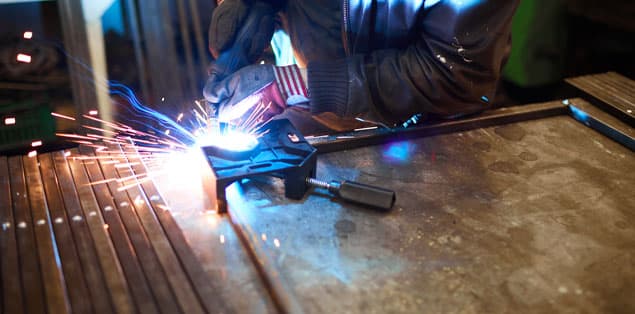
Arc welding is a method of joining that produces warmth and fuses metals using an electric arc. A usable or perishable electrode and the base material create an electric arc in response to direct or alternating currents from a power source.
How Does Arc Welding Work?
Metals combine using the fusion welding technique known as arc welding. The metal at the joint between two workpieces melts when an electric arc from an AC or DC power source generates an intense heat of about 6500°F.
To provide filler metal to the joint, the electrode either transmits or distributes the current while simultaneously melting into the weld pool. Then, we can direct the arc mechanically or manually along the path of the join.
Because metals react chemically with O2 & N2 gas in the air when heated to high temperatures by the arc, protective shielding gas or slag is used to minimize the contact of the molten metal with the air. The melted metals crystallize to produce a metallurgical product link when they are cool.
What is Brazing Welding?
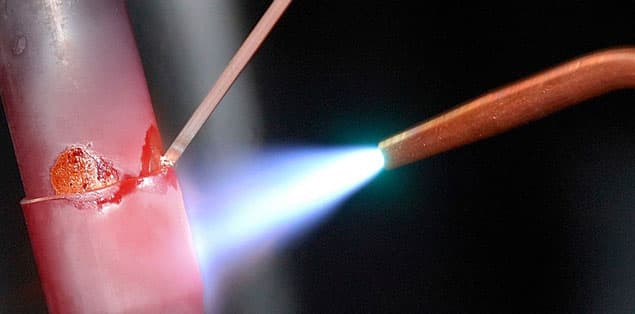
Via melting a filler metal into the joint, which has a lower melting point than the neighboring metal, two or more metal components join together by the brazing process.
In contrast to welding, brazing does not entail melting the workpieces. Instead, brazing differs from soldering by using a higher temperature and much more tightly fitted parts than when soldering. The filler metal flows into the space between tightly fitting parts during the brazing process through capillary action. The filler metal is heated just enough to be slightly over its melting temperature while being shielded by an appropriate environment, typically a flux.
The work parts are then joined together by cooling the wet material after it runs over the base metal (a process known as wetting). Combining metals with significant strength, whether they are of the same or different types, is a key benefit of brazing.
What is Flux in Welding?
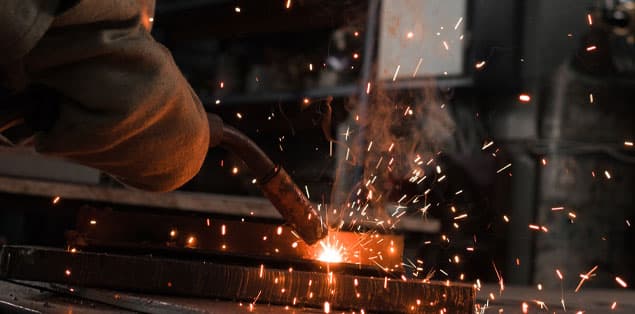
Flux is a mixture of different mineral deposits, chemical agents, and alloying materials. It can be helpful to control Arc stability and mechanical properties by adding particular chemicals and alloys. The main function of Flux is to shield the molten weld metal from contamination by oxygen, nitrogen, and other atmospheric pollutants.
Weld flux’s primary job throughout the welding process is to oxidize the base and filler materials to prevent the production of metal oxide. Weld flux is a material that is practically inert at normal room temperature, but when exposed to higher temperatures, it can reduce drastically.
Flux acts as a barrier to oxygen and reduces oxidation by dissolving the metal surface oxides that help the molten metal moist. To create a surface for wetting the metal, we use fluxes.
On the other hand, Flux may contain bromine and chlorine and continue to be corrosive after the soldering procedure, producing surface corrosion during manufacturing or operation. In addition, testing and cleaning methods are established to verify that the surface is still noncorrosive with the treatment.
Final Words
Weldings are permanent joints. Thus, we must break the weld to separate them, as they have a large starting expense. Despite having some disadvantages, welding is a widespread technique.
The manufacture of pressure vessels, bridges, building structures, aircraft and spacecraft, railway coaches, and other general applications in the shipbuilding, automotive, electrical, electronic, and defense industries, as well as the laying of pipelines and railway tracks and nuclear installations, all make extensive use of welding.
